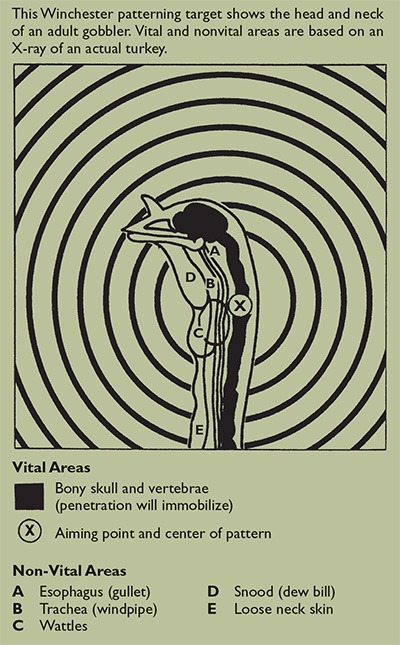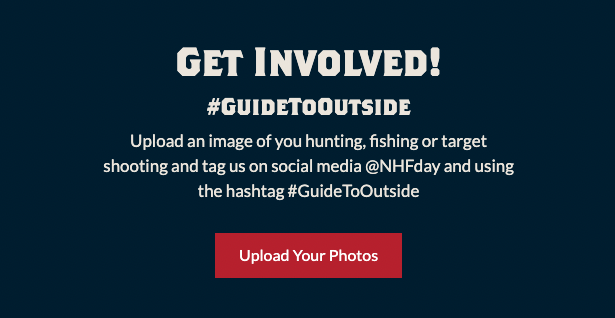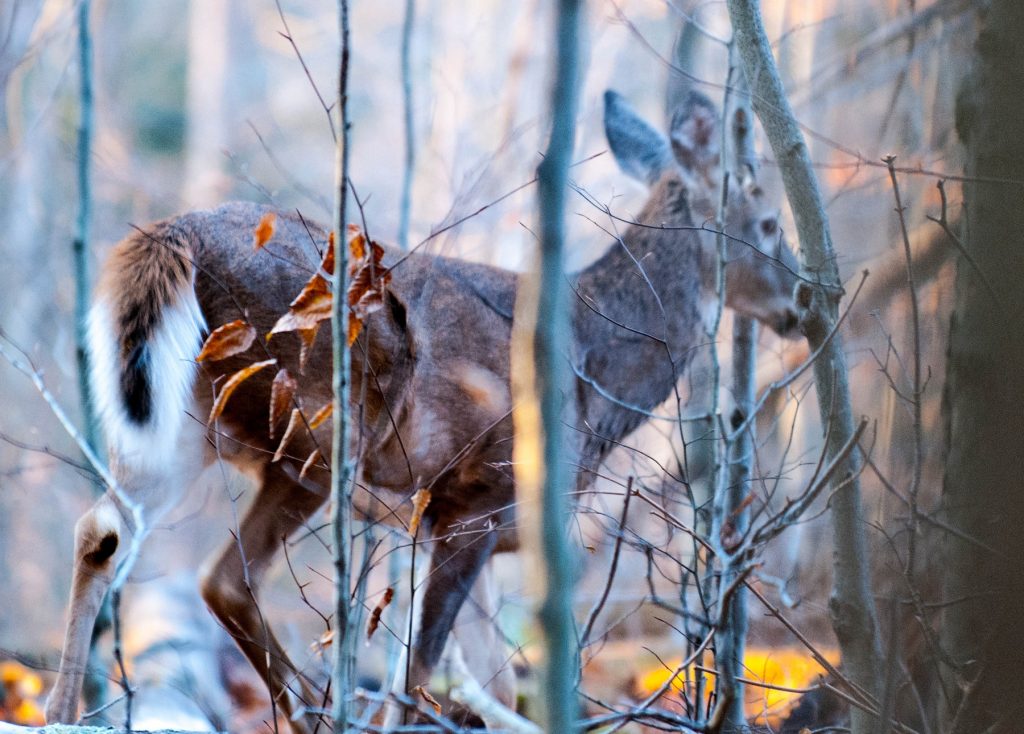
Scouting for Whitetail Deer
Scouting—familiarizing yourself with deer movements, behavior and their habitat—absolutely enhances your chances of connecting with a deer when you have a license in hand and the season opens. Scouting also allows you to pick the best location for a treestand or ground blind, because that choice will be based upon real observations, not conjecture.
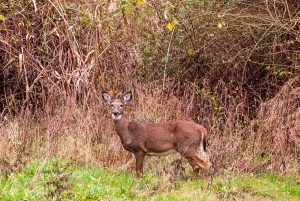
Taking note of the patterns of deer—where they enter and exit a field—will help you pick your stand.
Food and Hanky-Panky
Deer are creatures of habit, predominately following their bellies throughout the year as food sources change. Still, those habits change throughout the year, and in the spring and summer, when all is green and plentiful and water abounds from seasonal rains, deer will behave much differently than when autumn arrives and then turns to winter. During these easy months, does are with their fawns and other does and fawns, while bucks keep to themselves, the younger ones often congregating in bachelor groups. It’s great fun to scout during these months and see these bucks with their antlers in the velvet stage and growing rapidly.
Depending on your latitude, the exact time of year where the diminishing amount of sunlight and decreasing temperatures trigger the does to come into estrus will vary, but you’ll notice when it happens. This is when the rut, or breeding season, is in, and you’ll see all sorts of nutty behavior, with bucks chasing does aggressively and marking their territory with “rubs” and “scrapes.” (More on rubs and scrapes a little further down.)
Once the estrus passes, those does that didn’t get bred will usually come in again a month later—and then things go back to food and survival. In the winter, the deer tend to herd up, concentrating on those food sources that are readily available, and are easy to attain without burning up precious calories, especially for those deer living and traveling in the deep snow and bitter cold.
There are volumes written on whitetail deer behavior, but this gives you an overall picture. With that as a background, though, just how do you go about scouting for a good whitetail buck? What tools are necessary and how do you implement them?
The View From Afar
A good binocular will definitely become your best friend, as well as a tool you’ll rely on often, season after season and year after year. There all kinds of hunting grounds, from farmland with wide open fields, to rural woodlots, to state and federal public land, but no matter the scenery, you’ll need a binocular to help you see things without getting in too close and spooking the game from the area. (Deer will take some intrusions to their turf, scattering and then returning, but disrupt them too often and they can move on for good.)
Some hunters own more than one pair, one for the truck and/or for longer distances and a smaller, lighter pair for actual hunting. For scouting with a binocular, spend the hours near sunrise and/or sunset observing your hunting area from afar to get an idea of where and what kind of bucks are moving around (as well as the area’s does, if you’re just interested in filling the freezer). You may have to sit for a while, steadily glassing an area left to right and up to down, though earlier in the year it’s common to see deer out feeding well before sundown. One area or vantage doesn’t seem productive? Hike to another place and glass some more. Bottom line, no matter when you have time to scout and where you do your scouting, find a binocular that fits your needs and budget and use it. You’ll see more deer and you’ll do it without disturbing things with your scent when you don’t need to.
Snapshots
Trail cameras are another really helpful tool, allowing you to see what’s there when you’re not. There are all sorts available, from the simplest models that run off an SD card that you can download onto your computer and even your phone with an adapter, to those that will link to your phone wirelessly. You can go as far down the rabbit hole as you’d like with regard to technology, but I feel that any camera is better than no camera. But where do you put those cameras? And what exactly are we looking for?
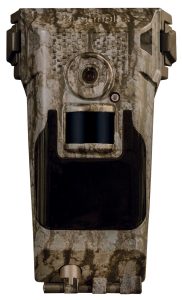
This trail camera from Bushnell can interface with your phone, giving you instant access to your deer selfies.
Trail camera placement isn’t rocket science, but it does take some thought. Placing a camera where a trail enters/exits a field, hung about chest high so as to capture a deer’s head at close distances, is a good plan (a deer’s shoulder will measure just about three-feet high, something that should help with this). So is hanging a camera in the woods where two obvious deer runs cross; this will help maximize the number of deer captured on camera. Test your camera, regarding height and angle, by walking in front of it and letting it grab a few images of your in. Nothing is more frustrating than an SD card full of photos of deer feet, raccoons and opossums—go ahead, ask me how I know that.
Quite obviously, seeing a big buck selfie on your trail cam card is the best sort of scouting there is, and for most whitetail hunters that answers the second question, at least partially. But camera’s don’t reveal anything but a moment in time—you don’t know if that’s a buck regularly in the area or one passing through to somewhere else—so let’s take a look at what else we’re looking for when scouting, especially as your hunting season gets closer.
Tracks and Scat
Deer will tend to move from feeding to bedding areas and back again down the same paths—they’re called “deer runs” where I’m from—paths that help keep them concealed. On field edges you can spot them without too much trouble if you’re looking carefully enough. Other sign appears at muddy spots or stream crossings, where you can get a good feel not just for numbers of deer but also their size as indicated by their tracks.
Heavy doe presence, indicated by the runs they use, is another good sign. Again, the bucks are going to follow the does, as breeding is their one and only concern while the does are in estrus. Find a good spot where two deer runs cross and you’ll increase your chances of seeing both does and the bucks that will be following. Place a stand downwind of that crossing and it’s a pretty good bet you’ll have an interesting and action-filled deer season.
Deer scat is another good indicator of activity, and the larger the scat (at least in theory) the larger the deer. Whitetail deer scat can be seen as a scattering round pellets or as pellets clumped together. Most hunters view larger pellets as belonging to big deer.
Rubs and Scrapes—The Big Buck Clues
As it gets closer to the hunting season, a buck’s antlers will harden and they will begin to rub off the velvet that was part of the antler as it grew. You’ll easily see where they’ve done this via their “rubs” on trees and sometimes even fence posts. Shredded bark and rubbed spots on the trees are sure indicators that a buck has been there, though it can be difficult to estimate the size of the antlers. Bucks will continue to use these rubs through the rut, but instead of rubbing off velvet, now they’re leaving scent behind from their forehead gland. Many hunters feel the larger the tree being rubbed and the larger the rub itself, the bigger the buck.
Whitetail bucks will also make “scrapes,” a sort of scent post where a buck lets the does in the area know he’s there. The first and most obvious sign of a deer scrape is a wide pawed-up area on the ground where a buck has scraped away the dead leaves and vegetation down to the bare soil and then urinate on it; you can often see the scrape marks themselves if the scrape has been recently attended to.
Look for scrapes along the edge of logging roads, deer trails or along the edge of farm fields under the lower-hanging tree branches. Find one? Look at the tree branches above it. A buck has a scent gland just under each eye, his preorbital gland, and he will rub that gland on the end of the small branches hanging down above the scrape. Those little branches may be broken (bucks will sometimes chew them too), as the buck leaves his scent.
A mature whitetail will make a circuitous series of scrapes, and he’ll visit each one every so often. Find that line of scrapes and pick a stand within sight of one or two, and you’ll have a good crack at that buck.
It’s a Big World—Write it Down
A means of recording your data, be it a simple journal or a phone app that allows you to add notes to a map of your hunting area, is an excellent idea. You can refer back to it season after season, and it will help you predict future deer movements. It will also help you realize when deer movement has changed due to crop rotations, construction nearby or some other intrusion that alters the local deer populace’s movements.
*-*-*-*-*-
Phil Massaro’s expertise both with firearm and sentence has quickly given him a hard-earned reputation in the outdoor industry. Hunting in his native New York state since the age of 14, Massaro now travels the world, pursuing everything from the whitetails and black bears of New England to red stag in Scotland, Cape buffalo in Zambia and Mozambique, elephant in Zimbabwe and water buffalo in Australia. His work appears regularly in the NRA’s American Hunter and Shooting Illustrated, Gun Digest, Guns & Ammo and Dallas Safari Club’s Game Trails Magazine, often accompanied by the photography of his wife, Suzie, also an avid hunter. When not writing or hunting, he works as a professional land surveyor alongside his father, and he also manages to squeeze in time at the reloading bench of Massaro Ballistic Laboratories, the custom ammunition company he founded. No, he doesn’t sleep.
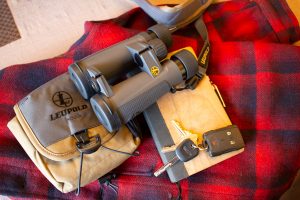
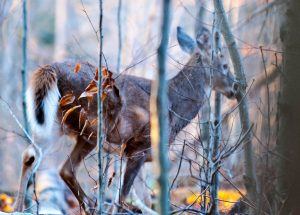
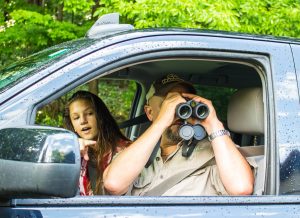
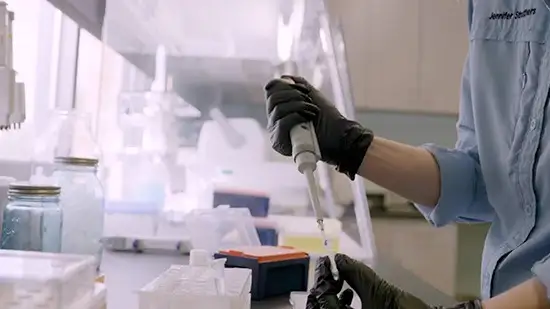 Excise taxes fund wildlife research for the sustainable maintenance of healthy wildlife populations.[/caption]
The excise taxes established under the Pittman-Robertson Act have been a driving force, contributing over $16.4 billion (over $25 billion adjusted for inflation) to individual states. In this video, Peter Novotny, Deputy Chief of the Ohio Division of Wildlife, highlights how these funds, combined with hunting and fishing license dollars, fund essential wildlife research. This research enables a deeper understanding of how wildlife populations adapt to a changing environment, ultimately leading to the maintenance of healthy and sustainable populations.
Excise taxes fund wildlife research for the sustainable maintenance of healthy wildlife populations.[/caption]
The excise taxes established under the Pittman-Robertson Act have been a driving force, contributing over $16.4 billion (over $25 billion adjusted for inflation) to individual states. In this video, Peter Novotny, Deputy Chief of the Ohio Division of Wildlife, highlights how these funds, combined with hunting and fishing license dollars, fund essential wildlife research. This research enables a deeper understanding of how wildlife populations adapt to a changing environment, ultimately leading to the maintenance of healthy and sustainable populations.
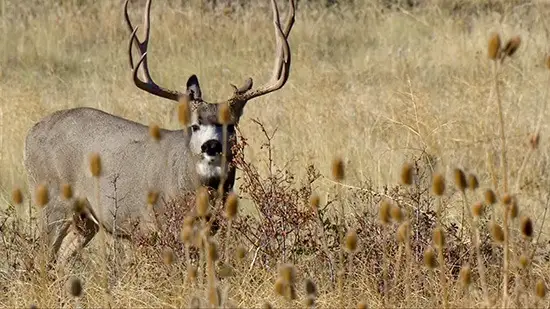 “We feel comfortable and confident that the excise tax dollars are helping keep healthy deer herds out there across the United States,” said Phil Bednar, President and CEO of TenPoint Crossbows.[/caption]
“We feel comfortable and confident that the excise tax dollars are helping keep healthy deer herds out there across the United States,” said Phil Bednar, President and CEO of TenPoint Crossbows.[/caption]
 Turkeys make a tough target. They are difficult to see and even harder to harvest. The head and neck are the only vital areas that ensure a fast, clean hunt, but this will only happen if your shotgun throws a tight, dense shot pattern.
The best shotgun choice for turkeys is a 12-gauge magnum, though the 10 gauge is gaining some ground among turkey hunters. The best shot sizes are No. 2, 4, 5, or 6. The best shotgun chokes are Full, Extra Full, and Super Full.
Turkeys make a tough target. They are difficult to see and even harder to harvest. The head and neck are the only vital areas that ensure a fast, clean hunt, but this will only happen if your shotgun throws a tight, dense shot pattern.
The best shotgun choice for turkeys is a 12-gauge magnum, though the 10 gauge is gaining some ground among turkey hunters. The best shot sizes are No. 2, 4, 5, or 6. The best shotgun chokes are Full, Extra Full, and Super Full.
